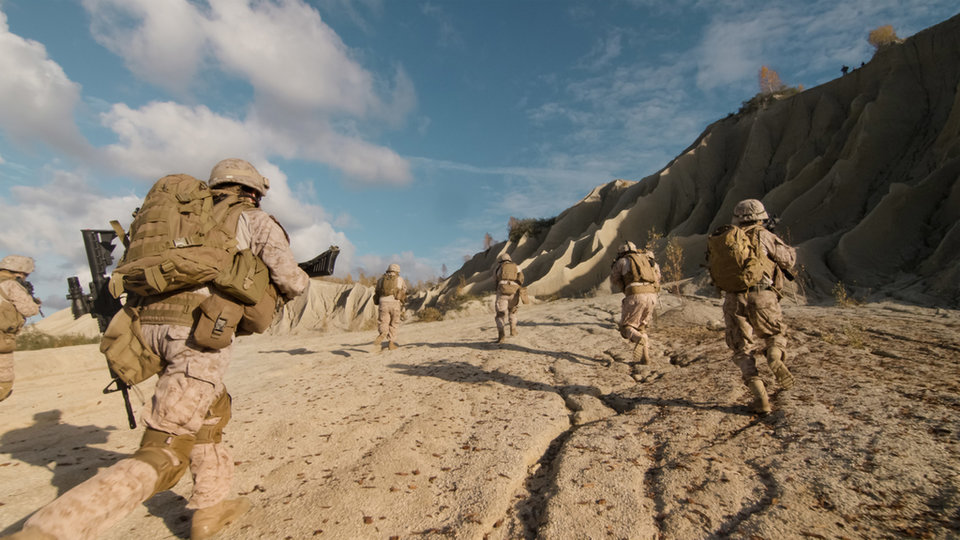Command and control
Chains of command: inside Thales’ C4I capabilities
Command and control, computer, communications and intelligence systems are key components of any force. Whether the evolution of warfighting requires more reliance on these elements or continuous advancement of such technologies changes the battlefield is a chicken and egg argument; either way, it is a continuous race between the two. Norbert Neumann talks to Thales to find out more.
As Hemingway’s protagonist Lieutenant Frederic Henry said in A Farewell to Arms, feeding soldiers well does not win a war, but failing to do so can certainly lose one. The same goes for command and control, computer, communications and intelligence (C4I) capabilities. They will not defeat an adversary alone, but no essential battlespace activities would be possible without sound command and control in place.
French aerospace and defence company Thales has spent the last 25 years designing and delivering C4I solutions to armed forces, developing many of these products through internal research and development. The company’s C4I public line manager Paul Jean Michel Negret explains Thales’s efforts in the area.
NATO project
Thales provides a full portfolio of C4I at strategic, operative and tactical levels in all domains.
Arguably, one of the most important benefits of C4I is the reduction or elimination of collateral damage by providing accurate target locations. But Negret says it provides other fundamental benefits that cannot be overlooked.
In my culture, we say that most wars are lost because of two words: too late.
In 2021, NATO contracted Thales to supply the new increment of the NATO Common Operational Picture (NCOP) programme. NCOPS is an operational situational awareness system that offers commanders a shared picture of an area of interest or mission to enhance overall awareness.
NATO selected Thales for increment one in 2012 and the company is now upgrading the system.
“You need enhanced situational awareness – and we [Thales] have a particular focus on that – to get the command operational picture to figure out where the enemy is,” says Negret.
Joint operations involve units operating in all domains, including cyber. That means various command systems are in use that generate a vast amount of georeferenced data. But collecting data alone, Negret says, will not lead to success unless commanders can act upon them.
“Conducting intelligence, surveillance and reconnaissance from satellites, uncrewed aerial systems and social networks needs to be fused into C4I to translate collected data into actionable information,“ he adds.
To meet NCOP requirements, Thales has developed a software system based on an open architecture, with specialised modules that draw on the company’s experience of different aspects of the command chain and are fully compliant with commercial and military standards.
Negret says, “In my culture, we say that most wars are lost because of two words: too late. That is why you need to speed up decision-making.”
Possessing the right information and the capability to transfer them rapidly allows forces to act before their adversaries.
The common operational picture provides just that; synchronised management of all deployable forces with efficient support for collaborative planning and decision making during operations. This enables joint forces commanders to achieve actionable information superiority.
C4I can also contribute to the flexible organisation by using effective, secure interactive tables, chat rooms and videoconferences where forces can interact and exchange sensitive information.
“About 3,500 officers use this product on a day-to-day basis from Thales,” says Negret.

// Multidomain integration is a key driver for C4I innovation. Credit: Gorodenkoff / Shutterstock.
Cloud capability
Thales is also working on the world’s first theatre-level deployable defence cloud capability for NATO, Deployable Communications and Information System, via the Firefly project.
“This is the first C4I contract in the world that deploys cloud technology,” Negret explains. “With this, we will save a lot of time for the end-user when they deploy their C4I in a brigade or at a division command post. They can plug any service to the cloud.”
He says all software and systems that are orchestrated will be able to be deployed in a matter of hours instead of days or sometimes weeks.
The product behind the capability is called Nexium Defence Cloud, and it enables NATO forces to analyse and share data at an increased speed from the command centre to the battlefield. This way, militaries can follow their digital transformation securely and further increase operational advantage by accelerating decision-making.

// Credit: Gorodenkoff / Shutterstock.
New challenges for C4I
“When you have big countries investing in advanced technologies to gain information superiority, we have to follow that. When there are emerging threats on the battlefield, like loitering munition systems, cyberattacks and UAS, C4I is set to be adapted to manage those threats,” Negret says.
Nations are faced with a multitude of security risks, not least via cyber threats. Whereas the emergence of cyber capabilities provides new opportunities it also creates novel problems for C4I.
Negret explains: “Our networks may get disrupted by a cyberattack exploiting the vulnerability of our system and that’s why we need to be very careful. We secured our cloud with various firewalls.
“But it also gives opportunities to learn about your enemy in new ways. We’re also working on something that will give an opportunity to carry out cyberattacks in a coordinated way. If you find the vulnerability of a media agency of your enemies, for instance, you may deploy a denial of service attack on their network coordinated together with land operations.”
One of the most ambitious plans of militaries today is perhaps creating joint domain operational concepts like the US Joint All-Domain Command and Control or the UK Multi-Domain Integration effort.
Thales supports this way of warfighting, as NCOP aims to present situational awareness in all domains through layers of maps and information on battlespace objects. But it needs to support multidomain manoeuvres in real-time.
“The new challenge is how to add that component and to move to collaborative combat. For example, imagine that I can confirm a target through other forces, but I am too far to engage but a frigate may be able to fire,” Negret says.
Thales’ vision, he says, is about classical joint physical multi-domain C4I concepts and to move ever closer to real-time actions in all domains.

// CB90 can achieve speeds of 40 knots. Credit: Saab
// Main image: C4ISR technology and battlefield innovation are racing to stay ahead of each other. Credit: zieusin / Shutterstock